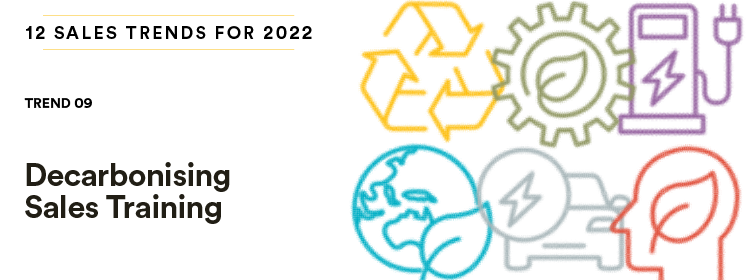
Sales trend 9 of the Barrett 12 Sales Trends Report for 2022 is about the changes we need to make to training and development programs to progress a decarbonised sales operation and how those changes have a positive impact in the ROI of training and development initiatives.
How much time do salespeople spend on .....


New Article Email Notification